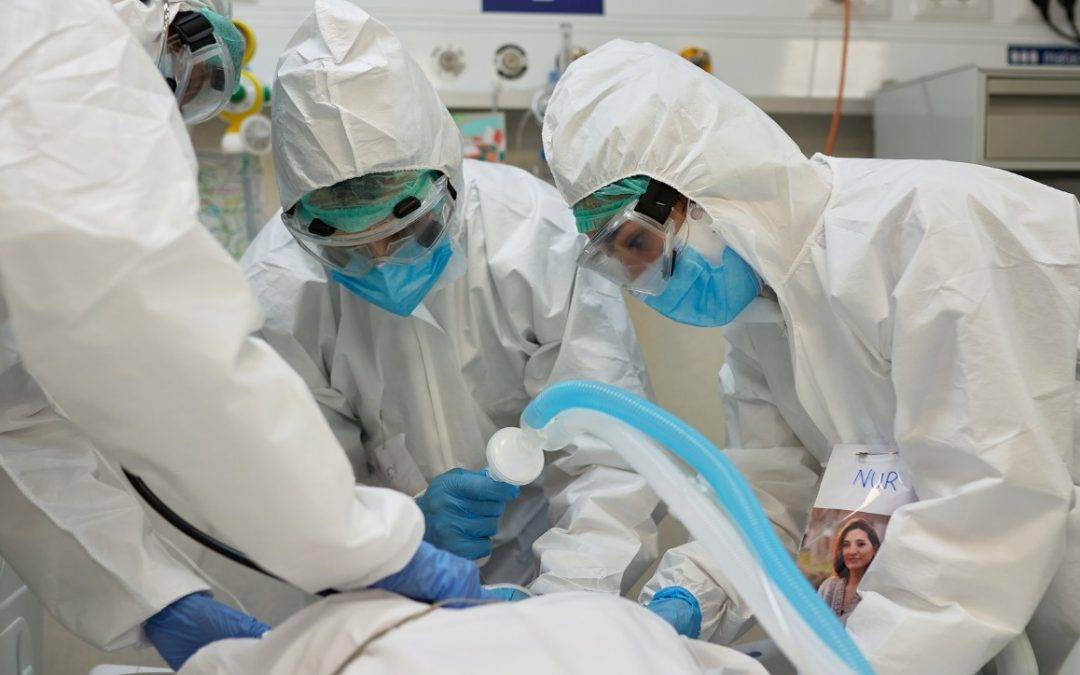The new article highlights the aspects related to non-clinical testing considerations related to the devices covered by the scope of the guidance.

Table of content
The new article highlights the aspects related to non-clinical testing considerations related to the devices covered by the scope of the guidance.
The Food and Drug Administration (FDA or the Agency), the US regulating authority in the sphere of healthcare products, has published a guidance document dedicated to technical considerations for medical devices utilising physiologic closed-loop control (PCLC) technology.
The document provides an overview of the applicable regulatory requirements, as well as additional clarifications and recommendations to be taken into consideration by medical device manufacturers and other parties involved in order to ensure compliance thereto.
At the same time, it is important to mention that provisions of the guidance are non-binding in their legal nature, nor are they intended to introduce new rules or impose new obligations.
Moreover, the authority explicitly states that an alternative approach could be applied, provided such an approach is in line with the existing regulatory framework and has been agreed with the authority in advance.
The scope of the guidance covers, inter alia, the aspects related to non-clinical testing considerations.
Non-Clinical Testing Considerations for Medical Devices with PCLC Technology
According to the guidance, the assessment of medical devices using PCLC technology requires comprehensive evaluations.
Common assessments for medical devices include biocompatibility, electromagnetic compatibility (EMC), electrical safety, sterility, MRI compatibility, radio frequency wireless technology, cybersecurity, and software verification and validation.
Specific guidance documents are available for manufacturers to determine the type and timing of tests for their PCLC devices.
However, additional tests may be required depending on the risks associated with the device in question.
Developing and evaluating a PCLC device might necessitate a combination of bench, computational, animal, and/or clinical testing methods.
It is recommended that manufacturers utilize a structured approach in designing scenarios to stress-test the PCLC device in question.
This ensures the device is tested under clinically relevant worst-case conditions on the final product.
Furthermore, medical device manufacturers should understand that the clinical study designs for PCLC devices will vary due to differences in their intended uses, risk profiles, and designs.
The FDA provides guidance documents on pivotal clinical investigations and encourages manufacturers to consult the Agency for clinical study designs through the Q-Submission process.

Animal Testing
Animal testing aims to address factors that bench tests, analysis, or clinical studies can’t evaluate.
Manufacturers should follow the recommendations provided in the respective guidance on animal studies for medical devices issued by the FDA.
In particular, the aspects to be taken into consideration when designing animal studies should include:
- Clinical relevance of the animal model
- Differences between the animal model and intended human use.
- Variability in response to the physiological variable in the animal model versus human use.
- Any discrepancies between the PCLC device used for testing and the final device.
- Risk-based approaches in Developing Animal Study protocols
- Inclusion of objectives to assess potential adverse effects on tissue.
- Best practices in animal care during the studies.
- Any variations in the study timeline compared to clinical use.
As further explained by the FDA, it is vitally important to ensure that animal studies conform to Good Laboratory Practice (GLP) for nonclinical laboratory studies.
Manufacturers are advised to consult the FDA about their animal study protocols and any alternative non-animal testing methods they might consider.
PCLC Device Testing Using Mathematical and Computational Models
According to the guidance, using only animal or clinical studies may not be feasible for evaluating all possible clinical scenarios.
Computational and mathematical modeling is often employed in closed-loop systems to increase efficiency, reduce costs, and prevent errors.
Such models can supplement or replace animal and/or clinical studies in evaluating PCLC devices.
The validity of these models greatly depends on their design aspects, evidence supporting them, and their predictive capabilities. Important considerations in developing a computational patient model include:
- Characterization of input and output responses.
- Identification of other physiological system responses impacted by the device.
- Taking into consideration the inter-patient and intra-patient variabilities.
- Recognizing and characterizing physiologic and clinical disturbance scenarios.
- Understanding the assumptions of the model.
- Careful parameter selection relevant to the intended patient population.
Models should be verified and validated for credibility.
Various factors, including numerical error sources, assumptions, validation results, and model predictions against independent data, must be duly considered.
Manufacturers should provide comprehensive information supporting the use of a computational patient model.
The parties responsible for clinical investigations are also encouraged to request feedback from the FDA regarding credibility assessment plans for computational models.
Analytical Assessments
Analytical methods involve using mathematical models to assess the performance, stability, and robustness of a PCLC device.
When employing analytical methods, manufacturers should describe the method, its relevance, its limitations, and how device safety mechanisms account for any identified limitations.
Hardware-in-the-Loop Testing
Hardware-in-the-loop testing interfaces computational models of patient physiology with the PCLC device hardware.
It enables real-time testing with the device hardware and can reveal system failure modes and hardware limitations.
Manufacturers should ensure that the patient model is integrated with the device components without altering the test’s realistic nature.
Testing tools can influence the bench testing results, so manufacturers need to characterize the tools’ performance and incorporate these characteristics into their test plans and analyses.
Conclusion
In summary, the present FDA guidance describes in detail the approach to be followed by the parties responsible for medical devices with PCLC technology with respect to non-clinical testing.
The document highlights the key points to be taken into consideration in this regard in order to ensure the accuracy and reliability of study results.
How Can RegDesk Help?
RegDesk is a holistic Regulatory Information Management System that provides medical device and pharma companies with regulatory intelligence for over 120 markets worldwide. It can help you prepare and publish global applications, manage standards, run change assessments, and obtain real-time alerts on regulatory changes through a centralized platform. Our clients also have access to our network of over 4000 compliance experts worldwide to obtain verification on critical questions. Global expansion has never been this simple.

